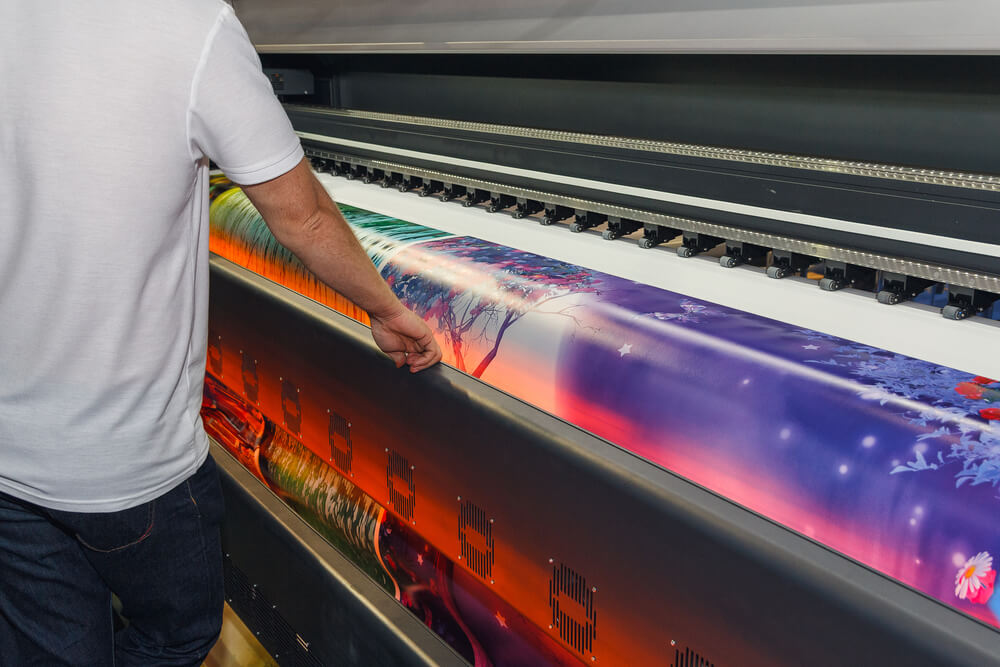In today’s rapidly evolving world of technology, thermal printing innovations have emerged as a cornerstone of modern print solutions. As businesses and industries continue to seek efficient and reliable printing methods, thermal printing has come to the forefront, offering remarkable advancements and possibilities. This article will delve into the latest developments in thermal printing, highlighting its impact on various sectors and its potential to revolutionize the way we approach printing.

The Rise of Thermal Printing
Thermal printing has gained popularity due to its simplicity and efficiency. Unlike traditional printing methods, thermal printing uses heat to produce images and text on paper. This process eliminates the need for ink or toner, making it a cost-effective and environmentally friendly option.
Key Advantages of Thermal Printing
- Cost-Effectiveness: Without the need for ink cartridges or ribbons, thermal printers reduce ongoing expenses significantly.
- Durability: Thermal prints are resistant to smudging and fading, ensuring long-lasting results.
- Speed: Thermal printers operate at high speeds, making them ideal for high-volume printing tasks.
- Low Maintenance: Fewer moving parts mean less maintenance and downtime.
Innovative Applications of Thermal Printing
Retail and Logistics
The retail and logistics industries have greatly benefited from thermal printing innovations. From barcode labels to shipping receipts, thermal printers provide quick and reliable solutions that enhance operational efficiency. With the advent of smart labels and QR codes, businesses can now track shipments in real-time, improving inventory management and customer satisfaction.
Healthcare and Pharmaceuticals
In healthcare and pharmaceuticals, thermal printing plays a crucial role in labeling medications, patient records, and lab samples. The accuracy and clarity of thermal prints ensure that vital information is conveyed without errors, contributing to patient safety and streamlined medical processes.
Environmental Impact and Sustainability
As industries strive to reduce their carbon footprint, thermal printing innovations offer a sustainable solution. With no need for consumables like ink and toner, thermal printing generates less waste. Additionally, many thermal printers are designed for energy efficiency, further reducing their environmental impact.
Challenges and Future Prospects
While thermal printing offers numerous advantages, it is not without its challenges. The cost of thermal paper can be a concern for some businesses, and the technology may not be suitable for all printing needs. However, ongoing research and development continue to address these challenges, paving the way for even more advanced thermal printing solutions.
The Role of Technology in Advancements
Technological advancements are driving the evolution of thermal printing. Innovations such as wireless connectivity, integration with IoT devices, and enhanced print quality are expanding the capabilities of thermal printers. These developments are opening up new possibilities for industries seeking to optimize their printing processes.
The Future of Thermal Printing
The future of thermal printing is promising, with potential applications extending beyond traditional industries. As technology continues to advance, thermal printing could find its way into fields such as 3D printing, augmented reality, and more. To learn more about the future of printing, visit Publishing Industry.
For a deeper understanding of how thermal printing fits into the broader printing landscape, check out this external article.
Conclusion
In conclusion, thermal printing innovations are transforming the landscape of modern print solutions. With their cost-effectiveness, durability, and environmental benefits, thermal printers are poised to become a staple in industries worldwide. As technology continues to advance, the possibilities for thermal printing are limitless, promising a future where printing is more efficient, sustainable, and innovative than ever before.

FAQs
What is thermal printing?
Thermal printing is a digital printing process that uses heat to transfer print onto paper, eliminating the need for ink or toner.
What are the benefits of thermal printing?
Thermal printing offers cost-effectiveness, durability, speed, and low maintenance, making it an ideal choice for various industries.
How is thermal printing environmentally friendly?
Thermal printing reduces waste by eliminating the need for ink and toner, and many thermal printers are energy-efficient, contributing to sustainability efforts.
This article contains affiliate links. We may earn a commission at no extra cost to you.






